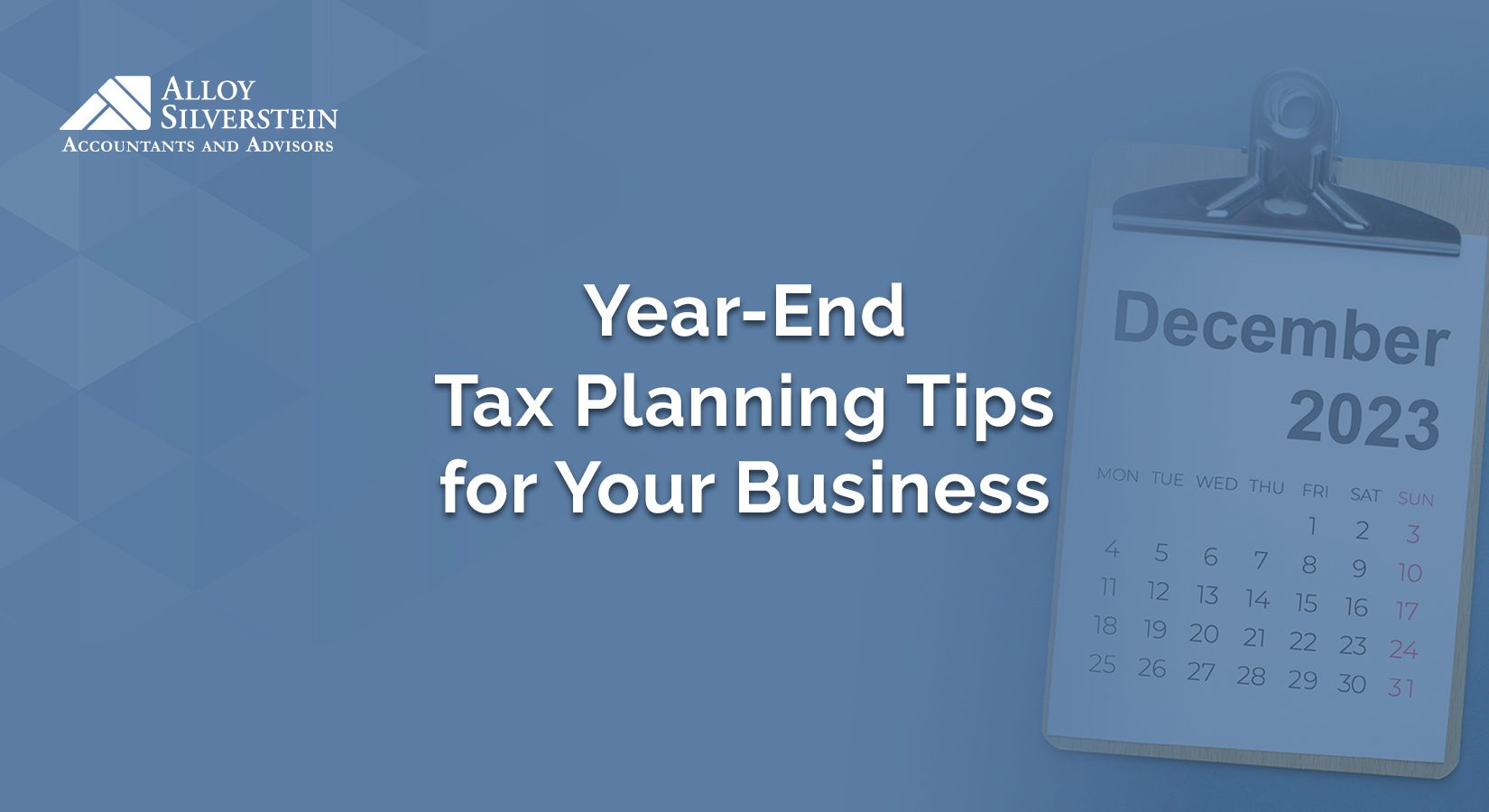2023 is quickly winding down. While there is still time for last-minute individual tax moves to make, it’s also the final chance to consider these year-end tax moves for your business in order to have a smoother tax filing experience this coming tax season.
Preparing Your Business for Tax Season
Associate Partner Ren Cicalese III, CPA, MST covers four recommendations for business owners to help prepare their business for year-end.
More Year-End Business Tax Tips
- Informational returns. Identify all vendors who require a 1099-MISC and a 1099-NEC. Obtain tax identification numbers (TINs) for each of these vendors if you have not already done so.
- Shifting income and expenses. Consider accelerating income, or deferring earnings, based on profit projections.
- Be prepared to receive a Form 1099-K. You may receive a Form 1099-K from each payment processor from whom you receive $600** or more in payments. In addition to credit card companies and banks, payment processors can include Amazon, Etsy, PayPal, Venmo and Apple Pay. You’ll need to include the 1099-K on your tax return. **Note: As of November 2023, the IRS has reverted back to the $20,000 or 200 transaction threshold for 1099-K reporting.**
- Categorize income and expenses. The best way to prepare for receiving a 1099-K is to organize your records by major categories of income, expenses and fixed asset purchases. If your accounting records are accurate, then any tax form, including a 1099-K, should be easy to tie out to your books.
- Separation of expenses. Review business accounts to ensure personal expenses are not present. Reimburse the business for any expenses discovered during this review.
- Create expense reports. Having expense reports with supporting invoices and business credit card statements with corresponding invoices will help substantiate your deductions in the event of an audit.
- Fixed asset planning. Section 179 or bonus depreciation expensing versus traditional depreciation is a great planning tool. If using Section 179, the qualified assets must be placed in service prior to year-end.
- Leveraging business meals. Business meals with clients or customers are 50% deductible. Retain the necessary receipts and documentation that note when the meal took place, who attended and the business purpose on each receipt.
- Charitable opportunities. Consider any last-minute deductible charitable giving including long-term capital gain stocks.
- Cell phone record review. Review your telephone records for qualified business use. While expensing a single landline out of a home office can be difficult to deduct, cell phone use can be documented and deducted for business purposes.
- Inventory review. Review your inventory for proper counts and remove obsolete or worthless products. Keep track of the obsolete and worthless amounts for a potential deduction.
- Review your receivables. Focus on collection activities and review your uncollectible accounts for possible write-offs.
- Review your estimated tax payments. Recap your year-to-date estimated tax payments and compare them to your forecast of full year earnings. Then make your 2023 4th quarter estimated tax payment by January 16, 2024.
Effective tax planning for your business can help you reduce your tax liability, make sure your goals and business plans are aligned, and help you make better, smarter decisions. Turn to an Alloy Silverstein accountant and advisor for tax planning services today.
Additional Resources

